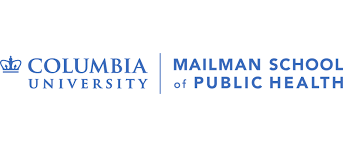Guidance note: Integrating Menstrual Hygiene Management (MHM) into Ebola Response
Colombia University has recently published a guidance note on Integrating Menstrual Hygiene Management (MHM) into Ebola Response, with inputs from humanitarian practitioners and organizations. The guidance note aims to provide streamlined guidance and practical insights to support Ministries of Health, organizations and agencies seeking to integrate MHM into their Ebola Virus Disease (EVD) response.
Introduction
Globally, there is increasing attention towards addressing menstrual hygiene management (MHM) within humanitarian and development response. Multiple reasons exist for integrating MHM into an EVD response. One, as “inexplicable bleeding” is a symptom of EVD, confusion can arise around menstruation in the community and among those conducting triage, leading to unnecessary isolation of suspected cases, and stigmatization of women and girls. Two, as menstrual blood is a potentially infectious bodily fluid, the menstrual blood of confirmed and suspected patients’ needs appropriate and safe handling. Both reasons have important implications for healthcare delivery systems, and for community-level EVD response. It is essential for EVD response (health, WASH, NFI distribution, community outreach) to consider menstruation and MHM. It is important to note that although there are many types of vaginal bleeding (e.g. breakthrough, postpartum), this note will only focus on menstruation.
Eight key takeaways
Integrating attention to menstruation and MHM within an EVD response is essential for patients and suspected cases, for girls and women living in affected communities, and for response staff.
Key activities include:
- Train response staff on how to meet the needs of menstruating women and girls during an EVD outbreak;
- Clarify and contextualize the case definition of Ebola, including the difference between “explicable bleeding” (e.g. menstruation) vs. potentially “inexplicable bleeding” (e.g. prenatal bleeding); the latter of which may be a sign of EVD;
- Provide female-friendly Water, Sanitation and Hygiene (WASH) facilities for patients and staff throughout the healthcare system;
- Ensure healthcare facilities (HCFs) have safe and private menstrual disposal and waste management systems;
- Provide menstrual materials for patients, community members in isolation, affected communities and response staff;
- Develop messaging and education about how menstruation is not a symptom of EVD for communities and response workers;
- Ensure that program activities and messaging do not further stigmatize menstruation and menstruating women and girls;
- Collaborate and engage across sectors, particularly WASH, Protection, and Health.
Interested in reading more about the main recommendations? Click here to read the entire guidance note.
Citation: Gruer, C., Utami, D., Schmitt, M., Sommer, M. (2020). Guidance Note: Integrating Menstrual Hygiene Management (MHM) into Ebola Response (First edit). New York: Columbia University
